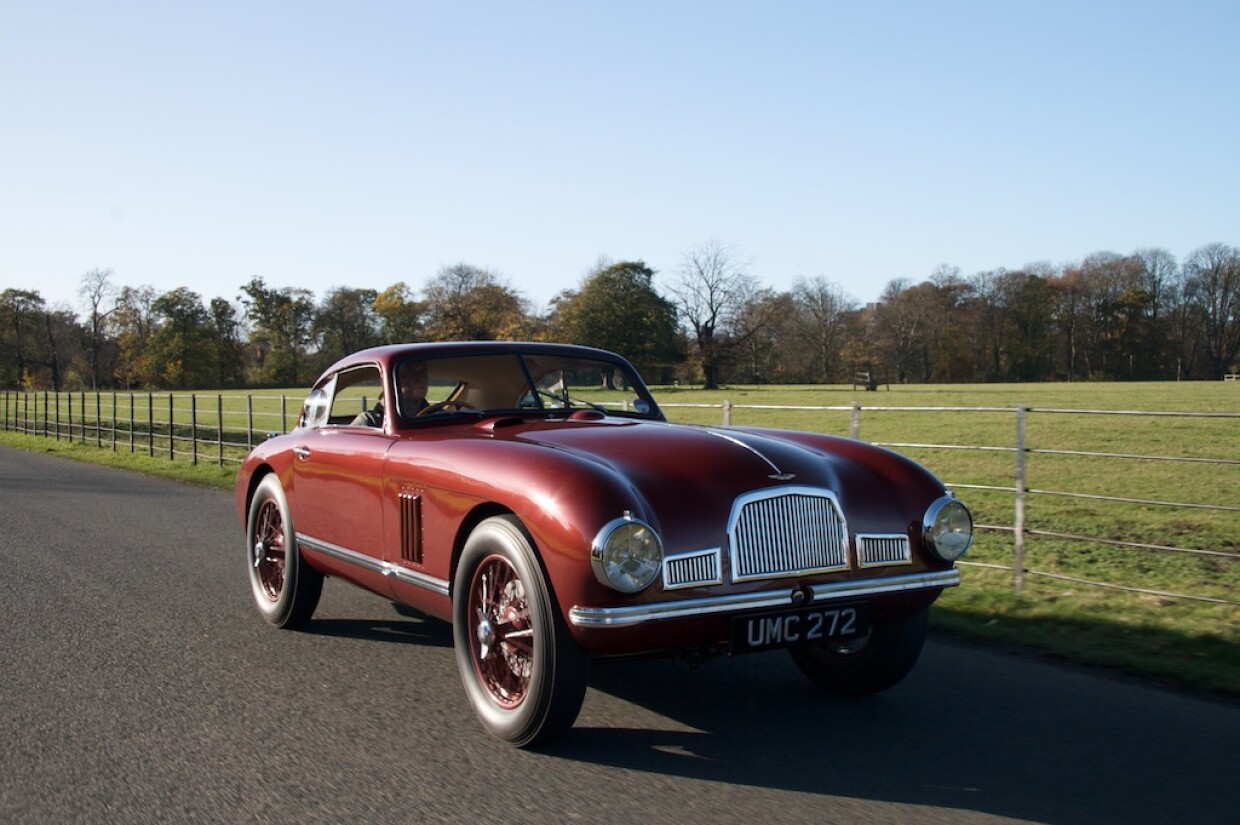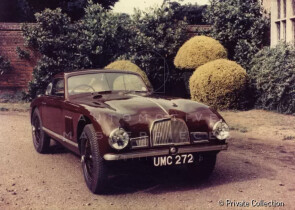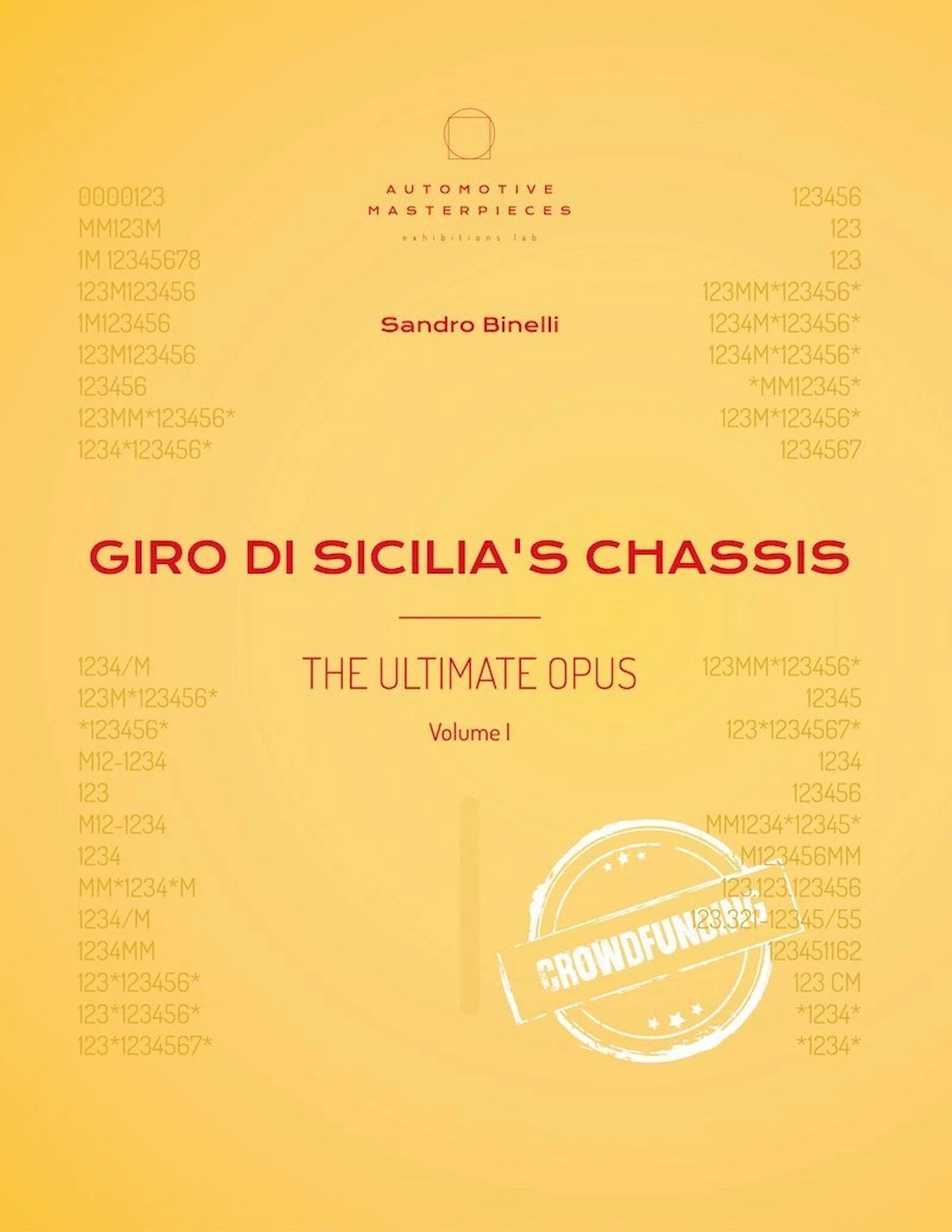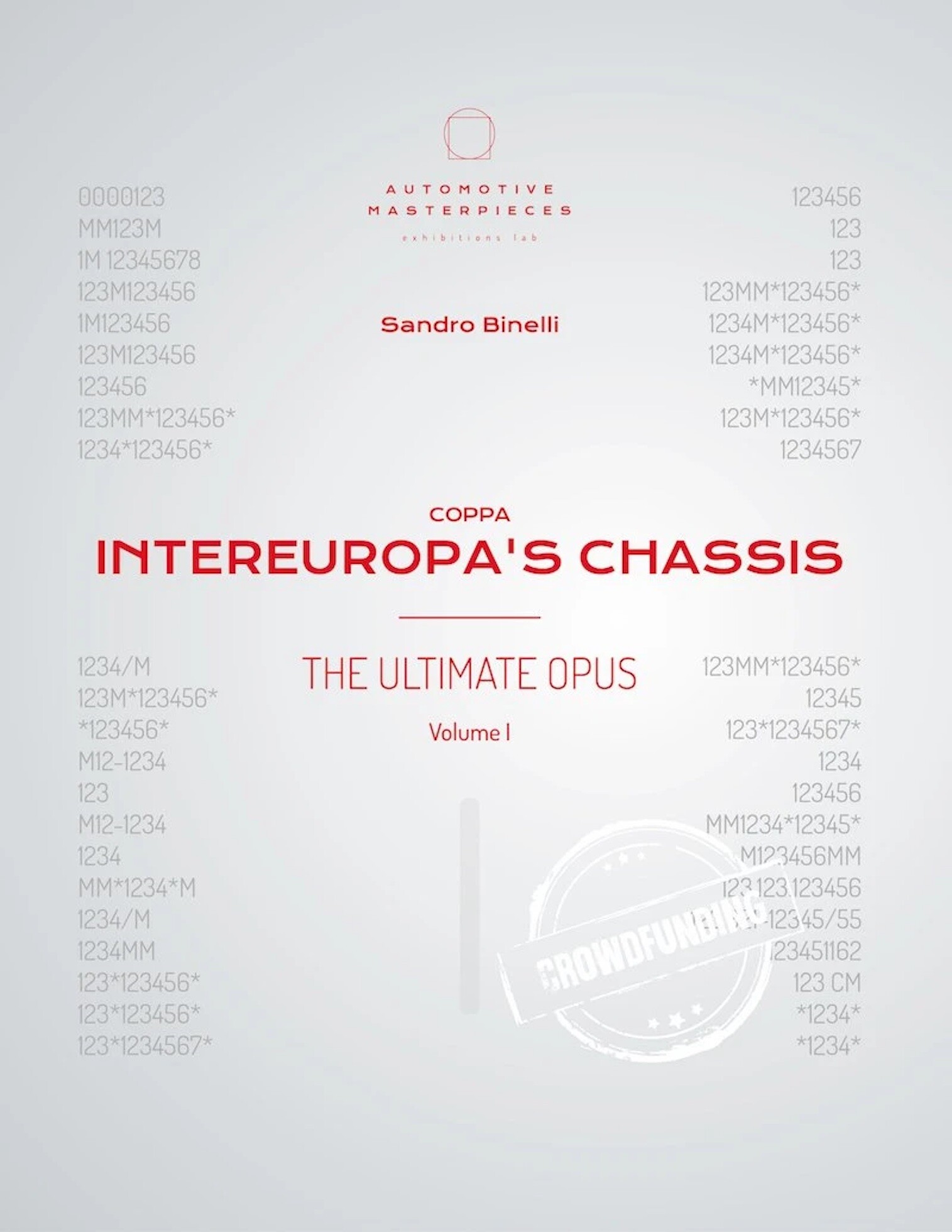
1949 Aston Martin DB Mark II
ON/OFF
Why am I an Automotive Masterpiece?
L. Limited edition cars
no. 4 manufactured, no. 4 remaining, 4th built
In 1947 David Brown took over the Aston Martin company and soon after the Lagonda company too. He incorporated them as Aston Martin Lagonda Ltd. Presented in 1950, the DB2 was the first model fitted with the 2.6 L, dual overhead cam, straight-six engine designed for Lagonda during the last years of the war. W. O. Bentley had supervised the engine's design, which the work was done largely by engineer Willie Watson. The aerodynamic coupe car bodies are the work of Lagonda designer Frank Feely and were much ahead of the sports car design. The birth of the Aston Martin DB Line began in 1948 with the decision to build four new prototypes DB Mark II (as it were initially named); three chassis LMA/49/1 (UMC 64), LMA/49/2 (UMC 65) and LML/49/3 (UMC 66) to contest in the first post-war 24-hour Le Mans race in June 1949 and a fourth chassis LML/49/4 (UMC 272) for David Brown’s personal transport. UMC 66 and UMC 272 house the new 6-cylinder LB6 (Lagonda-Bentley) engines, probably making the latter the first 6-cylinder Aston Martin.
The history of this fascinating and significant automobile can be traced back to 1947, when English industrialist David Brown purchased both Aston Martin and Lagonda, thereby uniting two great marques under his leadership. Given both companies’ successes in motorsport before WWII, particularly at the 24 Hours of Le Mans, David Brown decided early on to establish a works Aston Martin racing team. Encouraged by the successful debut of his Two Litre competition car at the 24 Hours of Spa in 1948, Brown agreed to develop three new Aston Martins (Chassis LMA/49/1, LMA/49/2, and LML/49/3) to contest the first postwar 24 Hours of Le Mans, held in June 1949. He also had a fourth example built for his personal use, chassis LML/49/4, the car presented here. These four prototypes were manufactured by Aston Martin Lagonda Ltd. in Feltham through the winter and spring of 1948–49 and were the forerunners of the production DB2 model, introduced in 1950. The new Aston Martin competition car, referred to in factory records as the DB Mk II, was based on the earlier DB1’s box-section, tube-frame chassis, though it featured a wheelbase 9″ shorter than its predecessor. While the distinctive independent front suspension arrangement still owed much to Claude Hill’s prewar Atom, a new coil spring rear suspension system was introduced for the DB Mk II. The first two DB Mk II chassis were equipped with the old two-liter pushrod engine, but the third and fourth chassis were equipped with an all-new 2.6-liter twin-overhead camshaft six-cylinder. Developed by Willie Watson for Lagonda in 1943, the LB6 engine has often been attributed to W.O. Bentley, who then served as Lagonda’s chief engineer. In reality, the engine was the brainchild of Mr. Watson, a talented engineer who had previously worked for Invicta and had also been involved with the Lagonda V12 program. The advanced new Aston Martin featured aggressive, streamlined bodywork, penned by Frank Feeley, of prewar Lagonda fame, and constructed using lightweight aluminum panels. The DB Mk II had a strong Italian character and was, in many ways, reminiscent of the aerodynamic Le Mans Berlinettas that Carrozzeria Touring built for Alfa Romeo, BMW, and Ferrari. Sleek, modern, and purposeful, the new Aston Martins showed great promise in early testing, with the more powerful six-cylinder cars approaching 120 mph flat out. All four of the DB Mk IIs were registered on April 26, 1949. The three Aston Martin works racing cars, registered UMC 64 through UMC 66, were all identically finished in Almond Green paint with green canvas upholstery. David Brown’s own car, registered UMC 272, was painted maroon and trimmed with beige leather, given its intended use as a road car. While the works cars went on to race with success at Le Mans and Spa in 1949, LML/49/4 served as David Brown’s personal transport and, through extensive testing, contributed to the development of the production DB2. In May 1949, Brown’s DB Mk II was photographed for publicity purposes at Great Fosters Hotel near Egham, a popular venue for Lagonda’s publicity before WWII. These photographs of LML/49/4 in its original form have since appeared in countless books and articles on postwar Aston Martins. On August 20, 1949, David Brown drove his DB Mk II to Silverstone to attend the Daily Express International Trophy. Although Brown’s Aston Martin was not eligible to take part in the sports car races, the enthusiastic young works racing driver Lance Macklin was entrusted with the car for demonstration laps. In early 1950, David Brown loaned his DB Mk II to Laurence Pomeroy, famed editor of The Motor, for a comprehensive road test conducted during a Continental tour. As reported in the magazine’s February 1950 issue, Pomeroy used the Aston Martin to visit Paris, the Automobile Club de l’Ouest offices at Le Mans, and the Brussels Motor Show before returning it to Feltham. After covering nearly 1,000 miles over four days, Pomeroy praised the Aston Martin’s outstanding performance, road-holding, comfort, and efficiency – a combination of qualities he believed made the DB Mk II unique among British-built sports cars. After serving these promotional duties, LML/49/4 returned to Feltham, where it received several mechanical updates and a new engine, number LB6/49/29. Once prepared mechanically, the bodywork was refinished in dark green and the DB Mk II was sold to Lance Macklin. “Aston’s were busy preparing for the coming season and couldn’t spare a car,” Macklin recalled, “but David Brown has replaced his DB2 … so I bought the ‘old’ model.” Around this time, Raimondo Lanza, a wealthy Sicilian prince, invited Macklin to enter a car in the Targa Florio. With his new DB Mk II appearing to be an ideal entry, Macklin took the car to the Weber factory in Bologna, where he had three 35 DCO carburetors fitted, reportedly free of charge. As Macklin recollected, “Mine was the first Aston ever to be fitted with Webers, and the difference in performance was absolutely astounding, so much so that I entered the Coppa Inter-Europa at Monza where I came second, behind a much faster Alfa Romeo. From Monza I drove the car down to Naples, put it on a ship and crossed to Sicily.” When Macklin started the 1950 Targa Florio, the conditions were not ideal, with rain pouring down in the pitch dark. During the second hour of the race, he had caught up to Alberto Ascari’s Ferrari 195 S and, while chasing it through a mountain pass, missed a turn and dropped the Aston Martin into a ditch, ending his race. After the Targa Florio, Macklin had planned to run the Mille Miglia and had already submitted an entry for the race. Unfortunately, Macklin and his co-driver John Gordon did not quite make the start, and when they reached Rome, the race had already been running for five or six hours. Nevertheless, they joined the field (still carrying the Targa Florio racing numbers) and had a fast drive up to the turn off to Genova, where they left the course and headed for Monte Carlo. Despite missing the official start of the race, the DB Mk II is an officially recorded Mille Miglia entrant, making it eligible to participate in the historic retrospective. Following Macklin’s Italian adventure, LML/49/4 returned to Feltham to be repaired. In late 1950, the car was advertised for sale in the Aston Martin Owners Club magazine, with inquiries to be sent to the attention of the factory’s racing team manager, John Wyer. Over the next 15 years, the Aston Martin passed among a succession of British owners and participated in several club races. In 1952, the DB Mk II was entered in meetings at Silverstone and Goodwood, and in 1954, John Dalton drove the car to a 1st Place finish at the Notts S.C.C. meeting in Ossington. The following year Mr. Dalton obtained a First in Class in the Shenstone and Buxton Rally. In 1965, Peter John Lee of Rickmansworth, England, purchased the DB Mk II from Bill Monk, who owned both LML/49/4 and one of the original DB3S Coupes. Between 1965 and 1970, Mr. Lee carefully researched and restored the DB Mk II, and later displayed it at several AMOC events, most notably taking part in the Aston Martin Le Mans display at the Motor 100 event at Silverstone. Remarkably, the DB Mk II remained in Mr. Lee’s possession until 1989, when it was auctioned by Christie’s in Monaco. In 1992, collector Simon Draper acquired it. During his ownership, Mr. Draper entrusted LML/49/4 to Aston Martin Works Service in Newport Pagnell, which performed a complete restoration of the car in 1992, returning it to its original splendor. The DB Mk II was then displayed at the National Classic Motor Show in Birmingham and was the subject of several prominent magazine features. In late 2009, Mr. Draper sold LML/49/4 to the current owner, a passionate collector who has owned several historically significant Aston Martins. In his care, the DB Mk II has participated in many prestigious events, from leading concours such as Villa d’Este, Pebble Beach, and Windsor Castle, to driving events including the Mille Miglia Storica, which it completed without fault.








